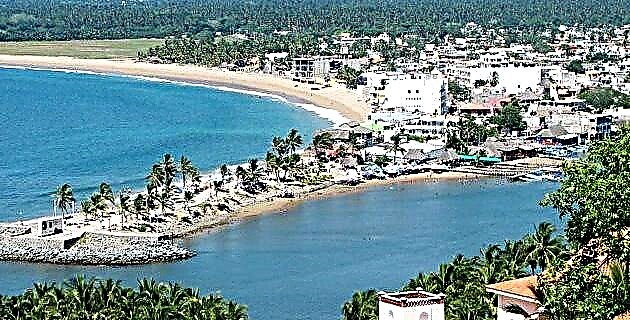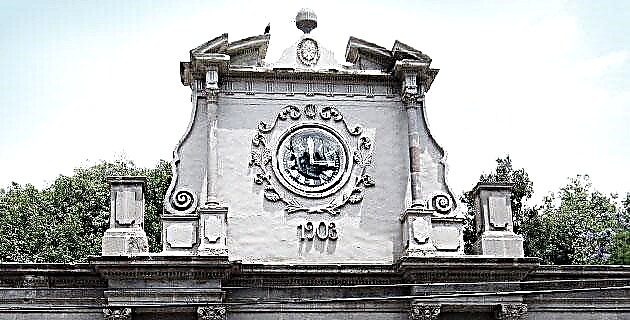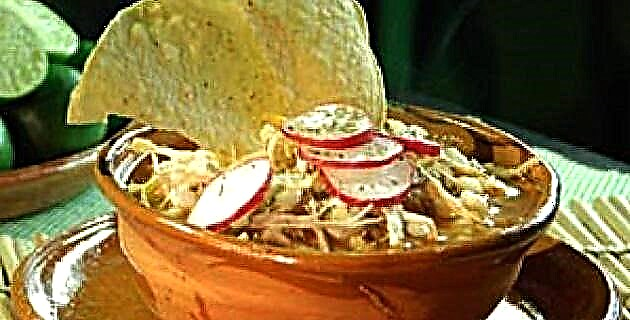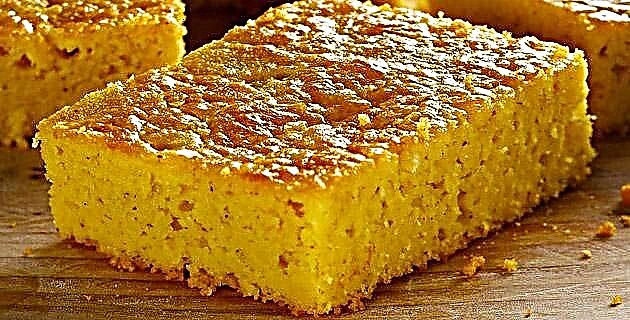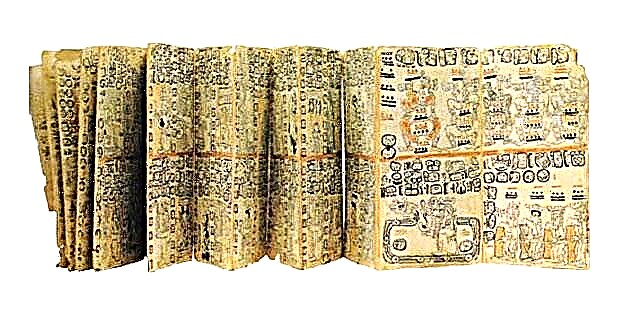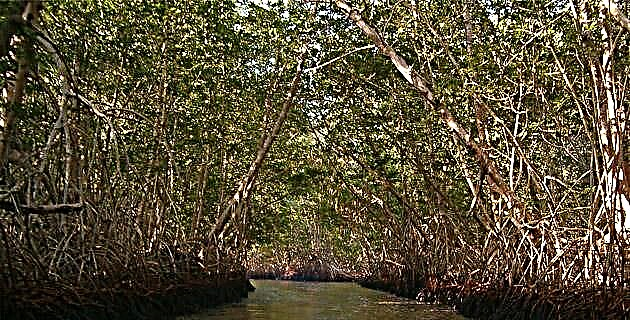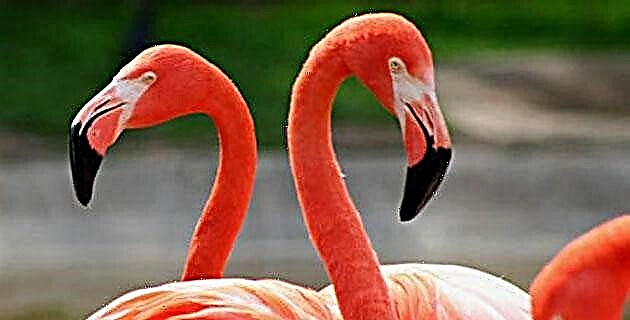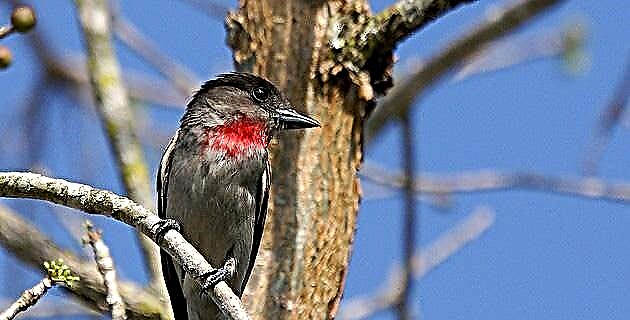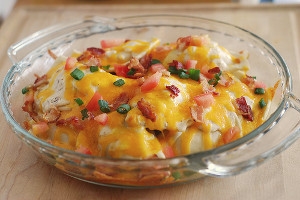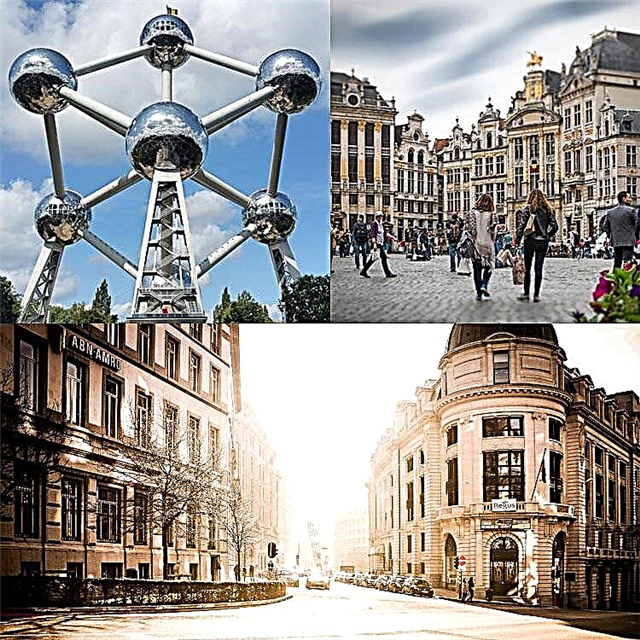Brussels is a city that stands out for the architectural beauty of its royal palaces, religious buildings and palaces of the former Belgian nobility and aristocracy. These are 30 things you must see or do in the beautiful capital of Belgium.
1. Cathedral of San Miguel and Santa Gúdula
The cathedral of the city of Brussels is a Gothic building built between the beginning of the 13th century and the beginning of the 16th, located near the Central Station. The impressive main façade has two towers and three porticoes, adorned with a huge Brabanzona stained glass window. Inside you have to admire the statues of the 12 Apostles located in the thick columns in the center of the nave. It also has beautiful stained glass windows and a treasure trove in which jewelry and works of art are kept.
2. Royal Castle of Laeken

Laeken is a suburb of the Belgian capital that houses the palace in which the country's monarchs reside. The building was erected in the last quarter of the 18th century for the Dutch leaders who ruled Belgium before its independence. The first monarch to make it a royal residence was Leopold II. During the Napoleonic invasion, Napoleon Bonaparte stayed at the site. One of its most attractive spaces are the Royal Greenhouses, with splendid domes and extensive galleries.
3. Grand Place

It is the central square of Brussels, an artistic jewel due to the beauty of the buildings that surround it. Some of these buildings are the House of the King, the House of the Guilds, the Town Hall, the mansion of the Dukes of Brabant and other large houses such as El Cisne, La Estrella, La Rosa, El Ciervo, El Yelmo, El Pavo Real and some how many more. The square is a frequent scene of cultural and festive events, and in the past it was the favorite place to burn Protestant martyrs at the stake.
4. Royal Palace
In this palace, the King of Belgium dispatches as Head of State, without residing there. It is located in the upper part of Brussels, on the south side of the Royal Park. It is a 19th century construction, built by the Dutch kings and substantially modified by the Belgian royal house throughout the 20th century. Its sumptuous halls and beautiful furnishings and decorations can be admired during an annual season, usually between July and September.
5. Brussels Museum

The Museum of the City of Brussels works in a beautiful building in front of the Grand Place, also called the King's House and the House of Bread. The institution traces the history of the city through art, through oil paintings, sculptures, engravings, tapestries, photos and other media. The sculpture that symbolizes the city, the Manneken Pis, is not there, but it has a room dedicated exclusively to his costumes, with more than 750 pieces.
6. House of the King of Spain

It is the house of the Grand Place identified with the number 1. The beautiful baroque stone building has a tower-lantern, crowned with statues of mythological gods and has a dome adorned with a woman who plays a trumpet. Other artistic jewels are the image of Saint Aubert, patron saint of bakers and the medallions with the effigies of the Roman emperors Trajan and Marcus Aurelius.
7. town hall

The mayor and councilors of Brussels can boast of meeting in one of the most beautiful buildings in the world. This medieval palace in Gothic style faces the Grand Place. It has a long façade, a porticoed ground floor and a 96-meter tower with a bell tower from which the alarm spread throughout the city in the face of ongoing dangers.
8. Palace of Justice

It is one of the largest stone buildings in the world, surpassing even St. Peter's of Rome. It was built during the 19th century, in neo-baroque and neoclassical styles. It has a dome of 24,000 tons and its impressive magnitudes captivated Adolf Hitler and his architect Albert Speer, who took it as a model of Nazi constructive megalomania. It is currently the seat of the Belgian judiciary.
9. Stoclet Palace

This Brussels mansion was built at the beginning of the 20th century by the Austrian architect and industrial designer Josef Hoffmann, as a residence for the banker and art collector Adolphe Stoclet. The luxurious marble-fronted mansion houses masterpieces by Austrian Symbolist painter Gustav Klimt and German sculptor Franz Metzner in its sumptuous interior.
10. Basilica of the Sacred Heart
Its construction began in 1905, in the middle of the commemorative acts for the 75th anniversary of the Independence of Belgium. However, the two World Wars brought work to a standstill for long periods and the work was finished in 1969. It ended up being in the Art Deco style, after an original neo-Gothic project.
11. Brussels Stock Exchange

Located on Anspach Boulevard, this Neo-Renaissance and Second Empire building was completed in 1873 to serve as the seat of the city's Stock Exchange, an institution that had been founded by Napoleon Bonaparte in 1801. The imposing building was built in the site where the city's Butter Market was. Among its most valuable pieces it has some sculptures by Rodin.
12. Atomium

An obligatory tourist stop in Brussels is the Atomium, the 102-meter metal structure built for the 1958 World's Fair. Its 9 steel spheres, each 18 meters in diameter, simulate an iron crystal, hence its chemical name. The idea was to dismantle it after the exhibition, but it became so popular that today it is the main modern emblem of the city.
13. Mini Europe Park

At the foot of the Atomium is this mini park that reproduces emblematic works of Europe on a small scale. There are, among other monuments and constructions, the Brandenburg Gate, the Cathedral of Santiago de Compostela, the Escorial Monastery, the Channel Tunnel and the Ariane 5 rocket.
14. Statue of Europe

As the main administrative headquarters of the European Union, Brussels houses buildings and works alluding to the unity of the Old Continent. One of these pieces is the Statue of Europe, also called Unity in Peace. The work of the French artist Bernard Romain is located in the Van Maerlant Garden, in the center of the European Quarter of Brussels.
15. Teatro Real de la Moneda

This theater began at the beginning of the 18th century on a site where coins were minted, from which its name arose. It was the most important house for the representation of French opera after that of Paris and the first work on stage was Atis, a lyrical tragedy of 1676 with music by the famous French composer Jean-Baptiste Lully. The current building dates from the 19th century and is home to the Brussels opera and the city's lyric and ballet company.
16. Church of Our Lady of Sablon
This temple in the historic center of Brussels was built in the 15th century at the initiative of wealthy nobles and aristocrats. Its exterior architecture is in the Brabantine Gothic style and its interior is dominated by a Baroque decoration, particularly in its chapels. The choir with its fresco paintings are also admirable.
17. Free University of Brussels

This French-speaking house of studies was founded in 1834 and the beautiful building where it currently has its headquarters was inaugurated in 1924 in the Brussels municipality of Ixelles. Two winners of the Nobel Prize in Medicine (Jules Bordet and Albert Claude) have emerged from its classrooms, one in Chemistry (Ilya Prigogine, a Russian nationalized Belgian), one in Physics (Francois Englert, a native of Brussels) and one in Peace great Brussels jurist Henri La Fontaine).
18. Royal Museum of the Armed Forces and Military History

Belgian gunsmiths are considered among the best in the world and this museum lives up to that tradition, both in the number and variety of weapons and other military items on display. Admission is free and in addition to light weapons, uniforms, banners, decorations, vehicles, combat aircraft, cannons and other military components are displayed, as well as paintings and busts of characters from the past.
19. RenéMagritte Museum

René Magritte is a world figure in surrealist art and one of the most important artists in Belgium. In Brussels there is a museum dedicated to his work, which is housed in the Hotel Altenloh, a beautiful neoclassical building from the late 18th century. You can admire paintings, sculptures and drawings by Magritte, as well as advertising pieces and even some film productions that he made.
20. Comic Museum
The three great schools of comics worldwide are the French-Belgian, the Japanese and the American. The French-language comic continues to enjoy good health and some of its icons are Asterix, Tintin, La Mazmorra and Barbarella. In Brussels there are many streets decorated with comics and it should not be surprising that there is a comic book museum, which is one of the most popular and fun places in the city.
21. The Comic Route

In different streets of Brussels you can see comic murals decorating walls. Some of the most seen and photographed are Broussaille walking hand in hand with his friend Catalina; Billy the Cat's; that of Cubitus, the popular dog from Tintin magazine, and that of Bob and Bobette being held by a Manneken Pis of incredible strength.
22. Museum of Musical Instruments

It is part of the network of Royal Museums of Art and History and is located near the Royal Palace of Brussels. It exhibits more than 1,500 musical instruments, including woodwind, brass, strings, keyboard, and percussion (including bells). It operates in a pleasant forged steel and glass building.
23. Fiftieth Anniversary Park

It is also called the Jubilee Park and its construction was ordered by King Leopold II for the National Exhibition of 1880, commemorating the 50th anniversary of the founding of the modern Kingdom of Belgium. It has a triumphal arch that was added to the structure in 1905.
24. To eat chocolates!
If it seems to you that it is time for a snack, nothing better than a Belgian chocolate, considered by specialized critics as the best in the world. The quality of Belgian chocolate is due to the fact that it maintains the traditional production methods unchanged, using only cocoa butter. In many places in Brussels you can buy one.
25. One or more Belgian beers

Belgium has a great beer tradition, beyond the most commercial names. They have more than 1,000 beer brands, an enormous amount for such a small country. The solera began to be forged with the abbey beers made by the monks, who proudly named them after their religious location. Now beer is not a thing of monasteries but of bars and in Brussels there are them everywhere.
26. Royal Galleries of San Huberto
These beautiful shopping galleries predate the most famous of Vittorio Emanuele II in Milan, sharing the architecture of double façades with glazed arches, with glass ceilings, supported by cast iron frames. Do not be scared with the prices.
27. Bois de la Cambre

Like the Bois de Boulogne in Paris, the Bois de la Cambre is the most popular place in Brussels to make contact with nature. It is the main green lung of the city and has different attractions for the enjoyment of the whole family, such as a skating rink, children's roundabouts with horses and facilities for boating in its lake.
28. Botanical Garden
Another green space in Brussels is this garden, very frequented by people who want to spend a quiet time in a pleasant natural environment. It has a museum and is dotted with bronze figures that make a magnificent game with plants. It also has exotic trees and a nice pond.
29. Let's eat in Brussels!
Belgian cuisine carries the injustice of being overshadowed by its "sister", the French, but Belgians have a reputation for being demanding at the table, an attitude that is very favorable to the quality of their culinary art. They prepare the meat very well, but if you want something typically Brussels, have some mussels in one of the cozy restaurants on Rue des Bouchers. If you are a carnivore, we recommend ordering a meat sandwich with the typical potato fries.
30. Manneken Pis

We close with the most world-famous Brussels man, the Manneken Pis or the Pissing Child, the small 61-centimeter bronze statue that is the main tourist symbol of the city. The most photographed naked boy in the country is inside the bowl of a fountain. There have been several versions of the pissing child since 1388 and the current one is from 1619, the work of the Franco-Flemish sculptor Jerome Duquesnoy. More miracles are attributed to him than to God himself, and he has a huge collection of clothing. He normally urinates water, but on special occasions he expels less innocent liquids.

We hope that you have enjoyed this walk through Brussels and that we will soon be able to travel to Liege, Ghent, Bruges and other beautiful Belgian cities.

